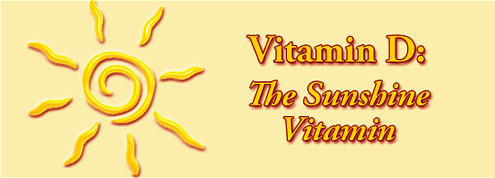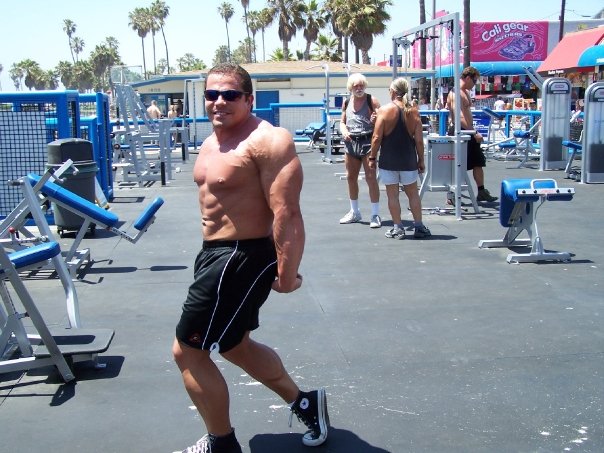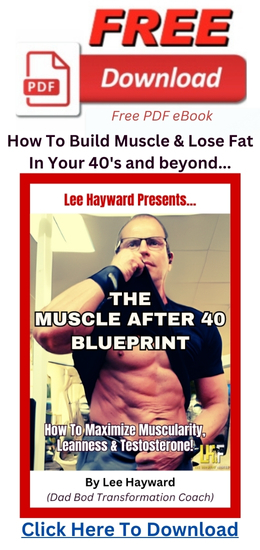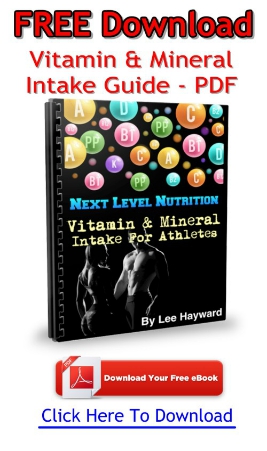Did you know that back in 1911
there were only 2 known vitamins…
A fat-soluble vitamin, which they called “A”
And a water-soluble vitamin, which they called “B”
Over the next 10 years scientists discovered another vitamin and appropriately enough called it “C”.
Then by the early 1920’s another fat-soluble vitamin was discovered within vitamin A. So scientists got really creative and came up with a brand new name for this vitamin and called it “D”.

Vitamin D – the sunshine vitamin – is best known for helping to build and maintain strong bones. But there is more to Vitamin D than just bone health because it’s really a group of fat soluble prohormones called secosteroids.
Vitamin D is really a steroid hormone that the body uses to manufacture calcitrol (1,25-Dihydroxycholecalciferol), which is the active form of vitamin D in our bodies.
Your body can make vitamin D it when your skin is exposed to sunlight. However, in order to make enough, you need direct midday summer sunlight on a large portion of your body for at least 15 minutes a day.
For people who live in Northern climates this is impossible to do simply because it’s too cold to suntan. But even for people who live in warm sunny climates this is becoming increasingly difficult to do because most of us work indoors during the day. So even though the sun maybe shining, most people are not getting much direct sun exposure.
This is causing a vitamin D deficiency as a worldwide epidemic. Some experts believe that up to 3 out of 4 people are deficient in vitamin D, which is generally defined as having blood levels of less than 30 ng/mL.
Vitamin D also impacts exercise performance by increasing the size and number of Type II (fast twitch) muscle fibers. It is well known that physical and athletic performance is seasonal in that it follows natural levels of vitamin D, peaking during the summer months and declining during the fall and winter months.
The recommended intake of vitamin D for bodybuilders and athletes is 2000 IU/day.
The best dietary sources of vitamin D are:
Fatty fish such as salmon, mackerel, tuna, sardines, herring, and cod liver oil. Wholes eggs are another good source of vitamin D. It’s also found in fortified dairy products, breads, and cereals.
In addition to that, taking a vitamin D supplement may improve athletic performance in deficient athletes. Peak athletic performance generally occurs when levels approach those obtained by natural, full-body, summer sun exposure, which is at least 50 ng/mL and these levels may also help protect athletes from several acute and chronic medical conditions.

Lee Hayward – Getting lots of Vitamin D while working on Muscle Beach in California 🙂







1 Comment
val
yes i am taking vit d3 about 6000ius .don’t forget you need vit k2 to help vit d